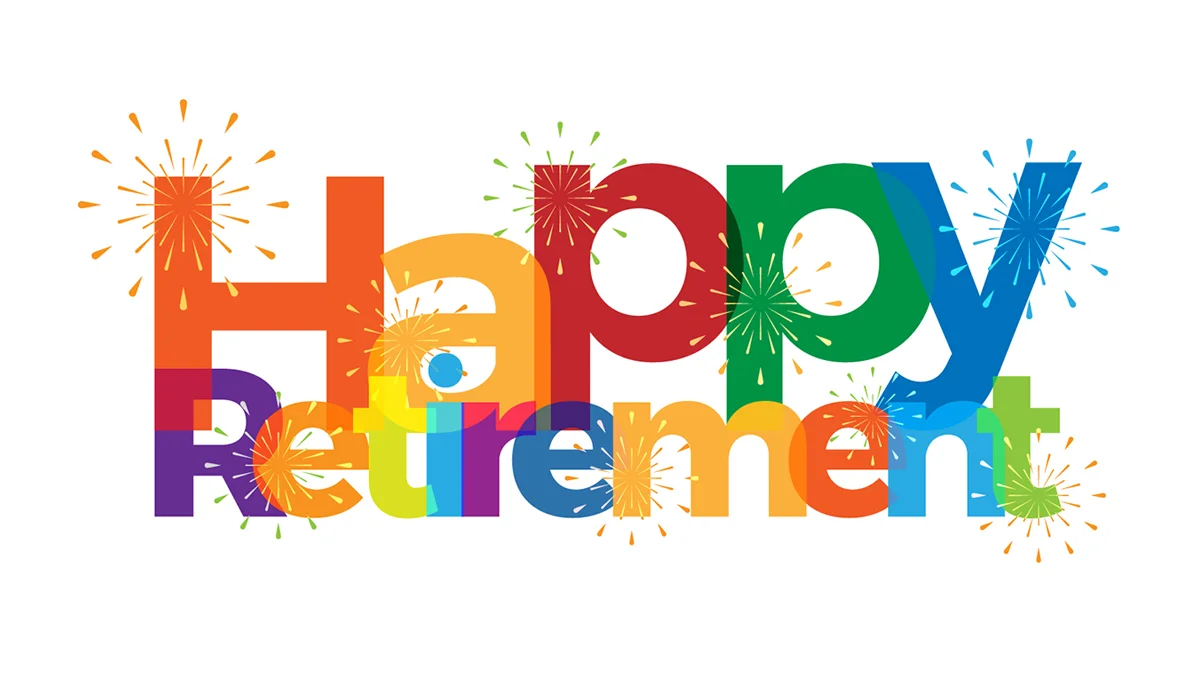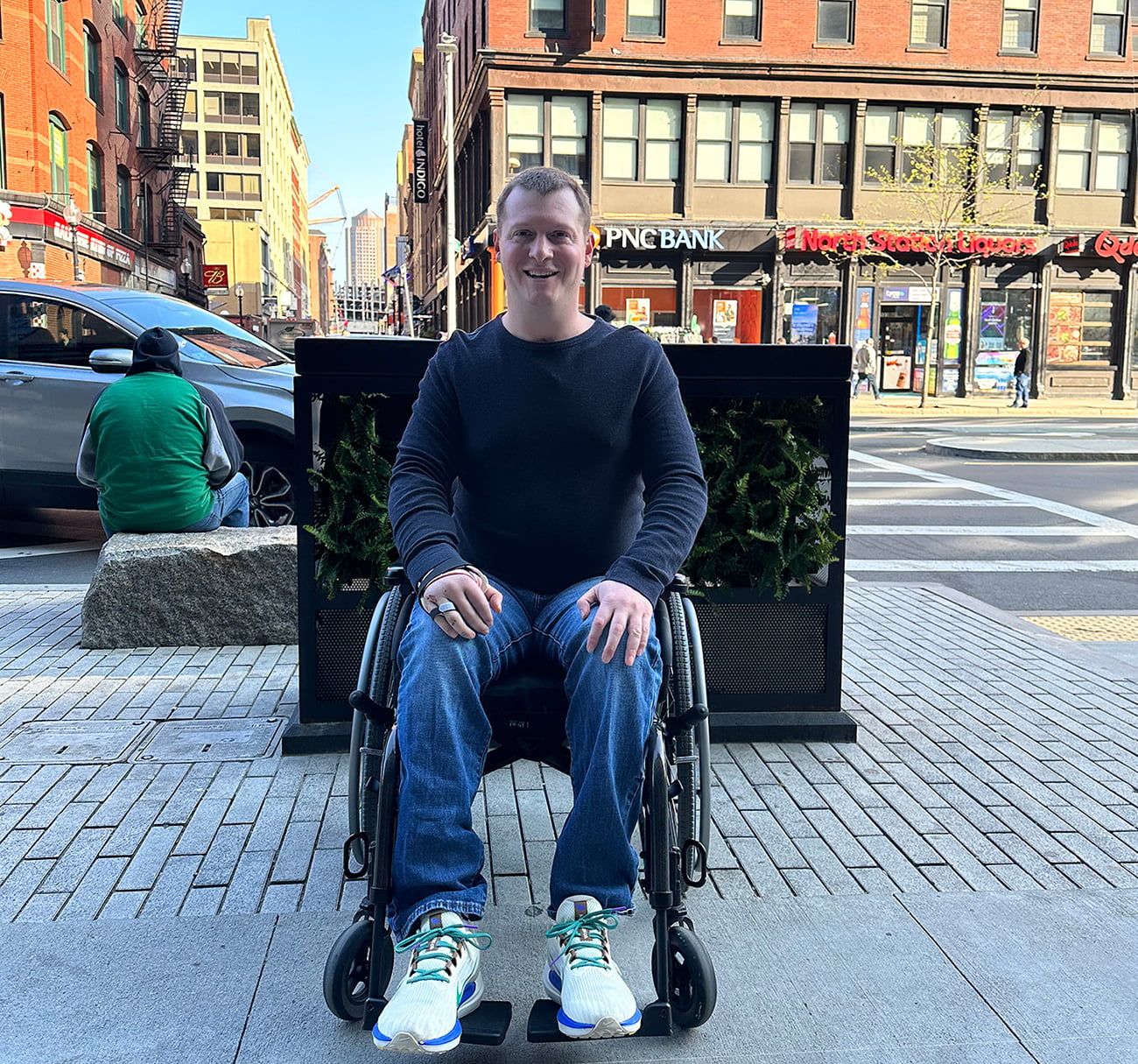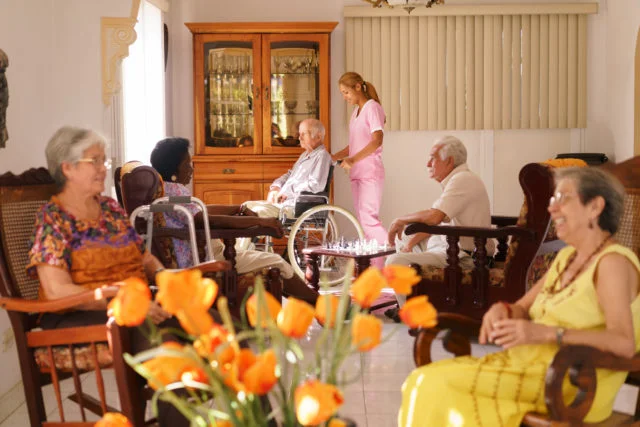Tag: anxiety

This blog usually focuses on the financial side of retirement. But if you’re not preparing emotionally and socially – and many boomers aren’t – retirement will be a bumpy ride. Riley Moynes, a writer and public speaker, issues this warning in the video that appears below. But he also offers sound advice on how…

Restaurants are equipped with all sorts of obstacles too. Room to maneuver around the tables? Will my wheelchair arms fit under the table? Did the designer of the bathroom ramp and oversized stall fail to install grab bars? And what if I drink a lot of water and then learn that the “accessible” bathroom doesn’t…





